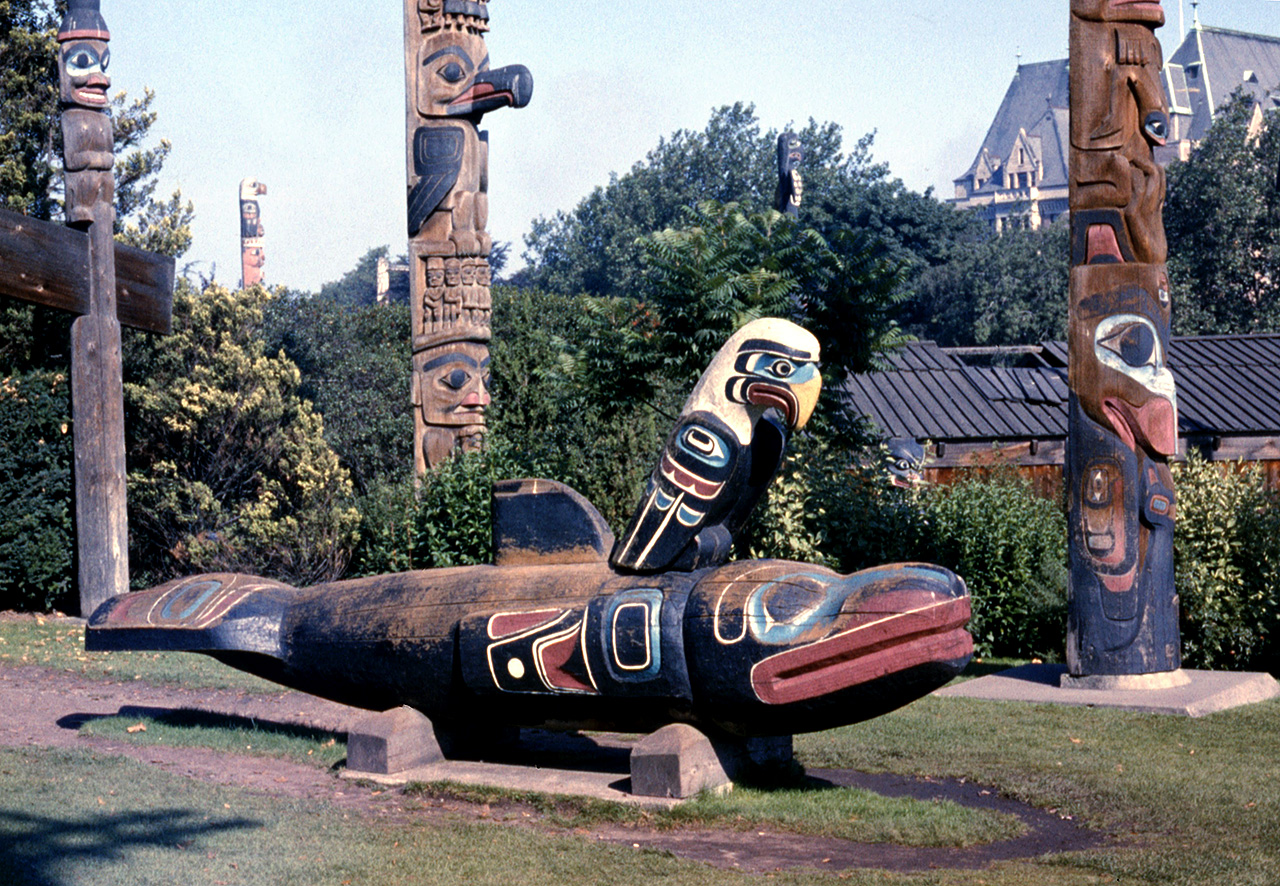This gallery contains photos that does not fit in any other category from the Canadian public domain photos series. There are some interesting images and subjects here. Enjoy.
The Klondike Gold Rush, also called the Yukon Gold Rush, the Alaska Gold Rush and the Last Great Gold Rush, was a migration by an estimated 100,000 prospectors to the Klondike region of the Yukon in north-western Canada between 1896 and 1899. Gold was discovered here on August 16, 1896 and, when news reached Seattle and San Francisco the following year, it triggered a “stampede” of would-be prospectors.
The journey proved too hard to many and only between 30,000 and 40,000 managed to arrive. Some became wealthy; however, the majority went in vain and only around 4,000 struck gold. The Klondike Gold Rush ended in 1899, after gold was discovered in Nome, prompting an exodus from the Klondike. It has been immortalized by photographs, books and films.
Canada has one of the world’s most valuable commercial fishing industries, worth more than CAD $5 billion a year and providing more than 120,000 jobs to Canadians. It is the economic mainstay of approximately 1,500 communities in rural and coastal Canada.
The Manitoba commercial fishing industry that comprises over 3,600 fishers who produce 25 percent of Canada’s freshwater catch. Lake Winnipeg is the biggest contributor of commercially landed fish species. Of the 13 fish species commercially harvested, pickerel (walleye), Sauger, lake whitefish, northern pike, and yellow perch are the most highly valued species.
Rogers Pass (elevation 1,330 m or 4,360 ft) is a high mountain pass through the Selkirk Mountains of British Columbia used by the Canadian Pacific Railway and the Trans-Canada Highway. The pass is a shortcut across the “Big Bend” of the Columbia River from Revelstoke on the west to Donald, near Golden, on the east. The pass was discovered on May 29, 1881, by Major Albert Bowman Rogers, a surveyor working for the Canadian Pacific Railway.
Rogers Pass is in the heart of Glacier National Park, in the midst of mountains popular for ski mountaineering, camping, hiking and mountain climbing ever since the region became accessible in 1886. The location has tourist services including the Rogers Pass Discovery Center, a hotel and National Park services. Rogers Pass is commemorated as a National Historic Site of Canada.
